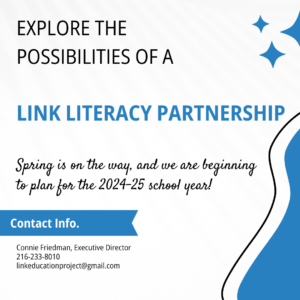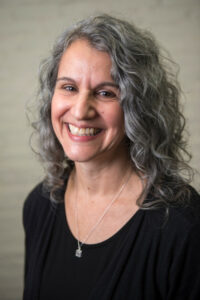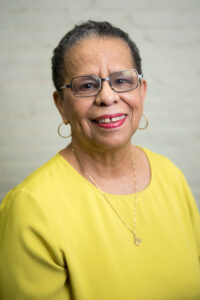When I was a little girl faced with a challenging homework assignment or difficult household chore, my mom would look at me calmly and tell me that I could do hard things. That was it. I could do it. She’d give me a little tip, a hug, or some guidance if I needed it, and then she’d walk away. I’d work it out or I’d ask for help. Sometimes I even failed. Life went on.
That was back in the days when the “phonics vs. whole language” debate was battling it out in schools. It was such a great distraction from the real issues of education. The debate raged on for decades. I suppose for some, it’s still going on. But really, it was a false argument, based on a misunderstanding, or at least a very narrow view, of whole language and even of phonics instruction. If you know about reading, it seems silly to say that teaching only through phonics or only through whole language is correct. Phonics gives us our information about letters and sounds, a foundation for reading. Whole language gives us the focus on meaning making, another basic of reading. What’s the debate? We need both. Of course, some students may need more instruction in one or the other, but any good reading teacher will work this out as she gets to know her students.
Fast forward a bit, and we are on to the next great debate in reading education. Recently, the New York City Board of Education has decided to abandon balanced literacy in order to align their curriculum with the Common Core Standards (http://www.examiner.com/list/why-balanced-literacy-is-crucial-not-detrimental-the-common-core-classroom). The assumption here is that balanced literacy and the Common Core are somehow incompatible with one another.
I’m hoping we won’t spend the next couple of decades on a balanced literacy vs. common core debate. Simply put, this debate pits teaching students to read challenging, content-rich texts against reading just-right books. As scary is this may seem, it’s another false debate. Balanced literacy is an idea (a good, solid, research-based idea) and a significant contribution to our growing understanding of learning to read. It’s not an inflexible program that limits learning opportunities. The basic idea is this: growing readers need access to different levels of texts AND they need different levels of support to access those texts. They also need to read and write and talk about text. I think that’s pretty much it.
So, what’s the debate? Give students challenging texts and just-right books to read within a balanced literacy framework. Teach them strategies to make meaning from hard texts. Do this with read alouds. Do this through guided reading.* Prepare them to do this all by themselves. The common core sets an expectation that students manage complex texts independently. Balanced literacy provides us with the structures to do this. We actually are set up for success here.
So let’s not debate this false dichotomy. Instead, let’s spend our time building upon the good work established through balanced literacy and use it to teach students how to read complex texts. But let’s also give them ample opportunities to engage with just right texts as they grow as readers, as thinkers, and as people. While our politicians and corporate leaders hash this out in their efforts to either save or do away with public education, let us continue to do what’s best for kids. If we build on their successes, and teach them from where they are, they, too, will grow up believing that they can do hard things.
*Don’t define guided reading so narrowly. It might be based on levels or on reading strategies, but it is always based on the needs of specific students






